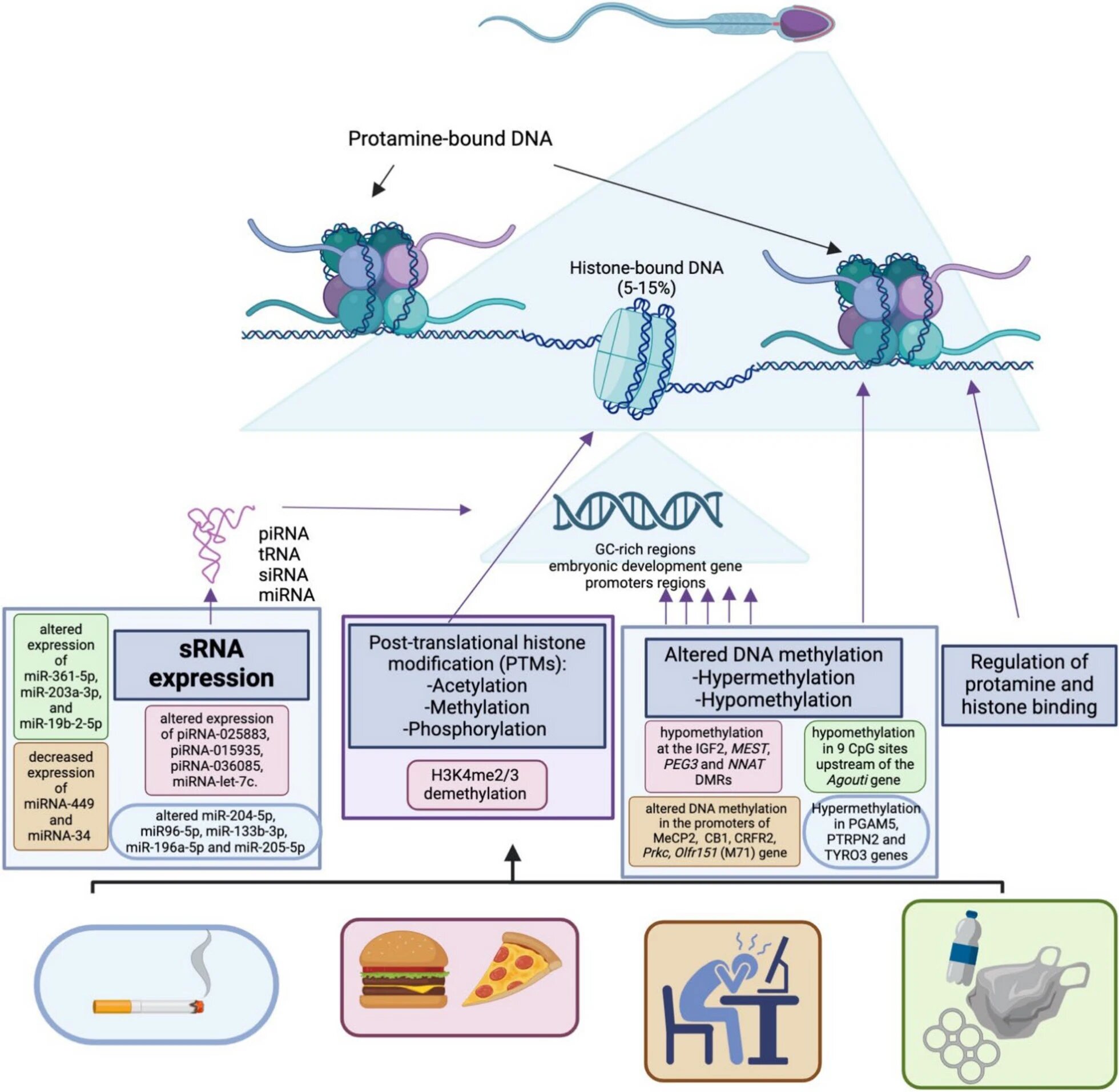Have you ever wondered how long it takes for food to move through your digestive system? Before you reach for another bite out of whim, think twice before you overburden your internal system.
The journey of digesting the food starts from the mouth itself and ends in the large intestine. In the digestive track, the food takes time to move the food ahead. This time taken for the food to move is called ‘gut transit time.’ It plays an essential role in maintaining overall health.
Understanding gut transit time can help improve digestive health and even refine eating habits.
An article published in The Conversation by Nick Ilott delves deeper into the concept of the gut transit system and its importance.
Along with transit time, Nick also mentioned gut motility. While gut transit time is the time taken for the food to travel, gut motility is how the food moves. It is influenced by various factors like gut bacteria, intestinal muscles and so on. Let’s understand these concepts in-depth.
ALSO READ: Nutritionist shares 4 warning signs that your gut is asking for help
Understanding gut motility
The food travels through the gastrointestinal (GI) tract which includes mouth, oesophagus, stomach, small intestine and large intestine. This movement of food is called gut motility. Nick highlighted how the bacteria present in the gut is also partially responsible for breaking down the food.
Nick pointed out that when one is eating something, they are not only feeding themselves but also their gut bacteria. This makes mindful eating all the more important.
These gut bacteria in turn create small molecules called metabolites that trigger the intestinal nerves to contract and push food along the path. So in a way, without these bacteria, the food can’t be pushed forward easily.
Understanding gut transit time
Gut transit time is how long it takes for the food to travel through the digestive system, right from the moment it’s swallowed and moving through different organs in the GI tract.
A study published in the journal Nature Microbiology revealed that the food takes somewhere between 12 and 73 hours for food to move through the body. The average is around 23-24 hours. Genetics, diet and gut microbiome influence the time.

Slow or fast gut transit time results in different health issues, implying the need for a healthy lifestyle to achieve a moderate gut transit time.
Nick explained that a slower transit time makes the gut bacteria shift from digesting fibre to breaking down protein, which results in the of release harmful gases and toxins. And in turn, bloating, inflammation, and discomfort happen. This can turn even more serious if undigested food gets stuck in the small intestine, leading to bacterial overgrowth, and causing symptoms like nausea and abdominal pain.
Whereas a fast transit time happens because of anxiety, irritable bowel syndrome (IBS), or inflammatory bowel disease (IBD). Since the food moves at a much quicker pace through the tract, the intestines do not get enough time to absorb water and nutrients. This causes diarrhoea and dehydration.
Too fast or too slow movement can impact the health. By paying attention to diet, staying hydrated, and leading an active lifestyle, most issues related to gut transit time can be managed.
Disclaimer: This article is for informational purposes only and not a substitute for professional medical advice. Always seek the advice of your doctor with any questions about a medical condition.
ALSO READ: Could the secret to easing anxiety be hiding in your gut? Here’s how to fix your mood


